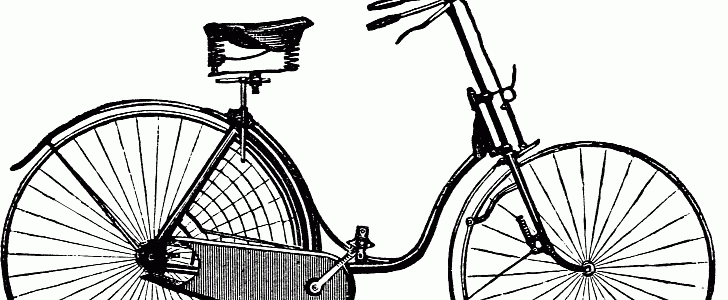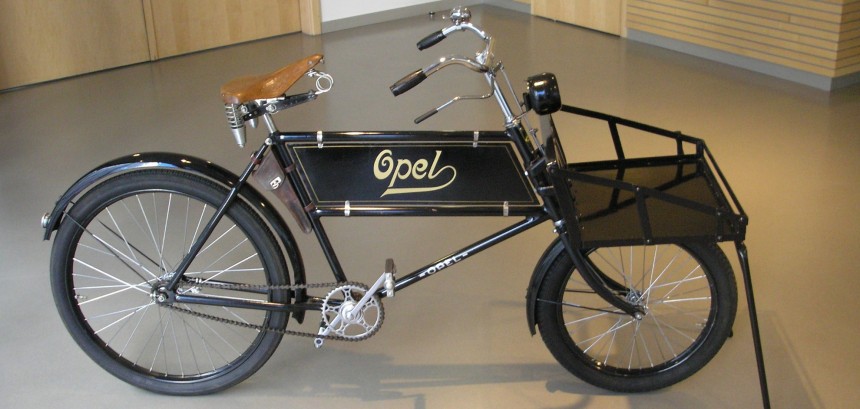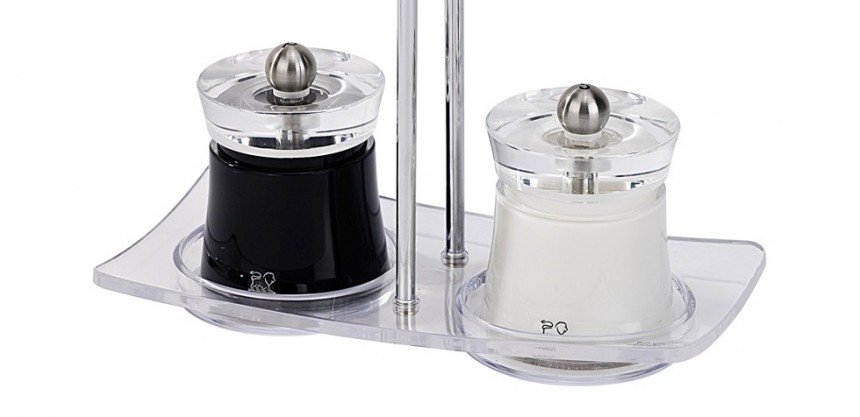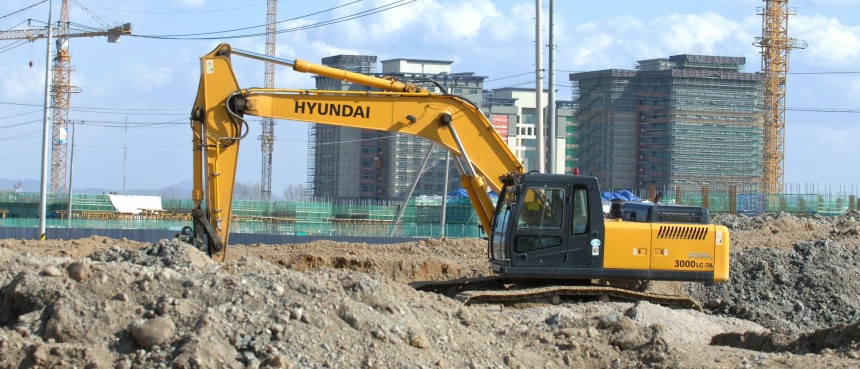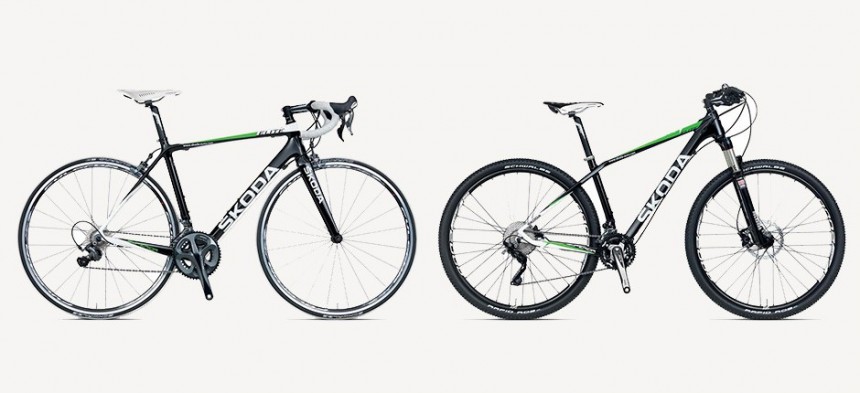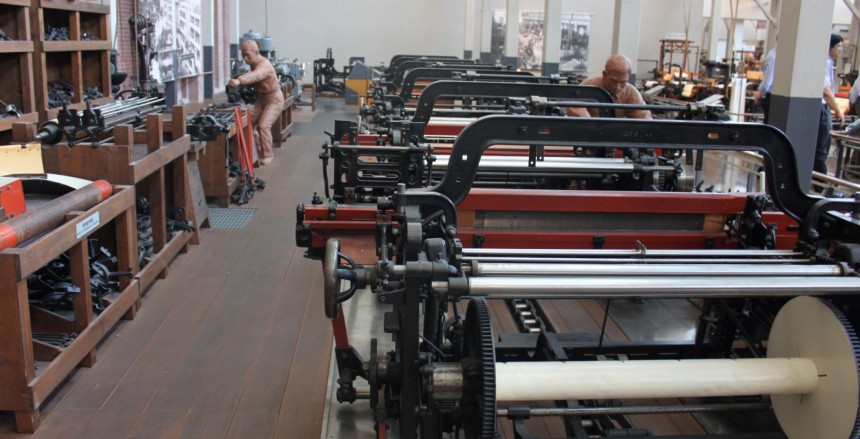The car industry is a multifaceted business, and many brands rely on other things besides selling vehicles to keep their finances in the green.
Evidently, most automakers in today’s industry used to make cars from day one, but others started off with entirely different things. We chose to take a look back at the history of existing automobile manufacturers to see what some companies were doing before their owners decided it was time to make vehicles.
Some of our findings might not be news to most of you, as big automakers often pride themselves with their roots. Usually, this happens with car makers that were building vehicles from day one. However, some of the companies with a lengthy history were doing entirely different things before the first cars sporting their names left the factory.
We had a great time researching for this story, as we got the chance to review the history of almost all the known car brands in the world. We even looked through some discontinued brands, and we did not leave out motorcycle makers, as their stories are also interesting.
We decided not to include companies that do not exist anymore on our list, and we also excluded those that used to make engines, airplanes, or trains before they started building cars. Instead, our story will be focused on the companies that started from something unrelated to automobiles and then made cars.
Before we begin, we have a fun fact for you - did you know that the Ducati brothers, who are the founders of the Ducati brand, used to build radio components back in the 1920s? They were quite good with condensers, vacuum tubes, and all the other bits and bobs that used to be necessary for the “guts” of an old radio.
Opel
Adam Opel AG is one of the oldest automakers in the world. You would think that it built cars from day one, but it did not happen that way. Interestingly, the company was founded in 1862, but its first car was manufactured in 1899. You are probably wondering what they did for 37 years, right?
It all started in a cowshed in the city of Russelsheim, which still holds the Opel headquarters. Mr. Adam Opel used to make sewing machines. Some of his units were customized, and they proved to be successful. Things worked out so well that he relocated the headquarters into a larger building.
Just before relocating the business, Mr. Opel started to sell high-wheel bicycles, which are referred today as “penny-farthings.” The company’s second product line proved hugely successful, exceeding the sewing machine production. Cars shortly followed after a partnership with Mr. Friedrich Lutzmann, which was not that successful initially, but paved the way for the then new business.
Peugeot
The French at Peugeot are also famous for their bicycles, which they manufactured before automobiles. However, the first ever products sold by this company were coffee mills, pepper grinders, and salt grinders. The last two products are still sold by Peugeot, which is a prolific manufacturer in this field.
Another important business branch for Peugeot was steel, which was manipulated into various products that were essential around those times. Peugeot used to make saw blades, wire wheels, umbrella frames, steel rods, and much more. Bicycles followed shortly after, and they are still a prized creation of the French brand.
Peugeot also manufactured weapons during the First World War, along with military vehicles and shells. Another important business venture of Peugeot is Gefco, which was established in 1949, and focused on logistics on an international level. The PSA Group currently owns 25% of it.
Hyundai
Hyundai’s automobile division is just a part of the Hyundai Group, which is currently known for making electronics, as well as its involvement in heavy industries. The first South Korean company named Hyundai, which is currently one of the pillars of the corporation, was founded in 1947.
Hyundai was first a construction company, which quickly expanded into various industries. Before making cars, they used to offer building materials, along with support for raising various infrastructure elements. After establishing its motor vehicle division, the Hyundai Group continued its expansion.
Currently, they are also known for shipbuilding, trading, electronics, research, elevators, and other elements of the global industry scene. Hyundai also owns LG Semi-Conductor, a major player in the world of electronics. It is worth noting that the components of the Hyundai Group were split into individual companies after the death of its founder, Chung Ju-Yung.
Skoda
The story behind Skoda, the second-oldest Czech automobile brand, is linked to bicycles, but not how you would expect. Instead of an industrial company that built bikes and decided to expand its business, one of its founders was a bookseller, while the other was and engineer. We are writing about Vaclav Laurin and Vaclav Klement, two bicycle enthusiasts.
Mr. Vaclav Klement, the bookseller that eventually owned the bookshop where he worked, once bought a German bike made by Seidel&Naumann. He found a problem with it, which he reported with a letter written in Czech, his native language, to the manufacturing company.
The reply he reportedly received from the German bicycle manufacturer upset Mr. Klement so much that he founded a bicycle repair workshop. The workshop turned into a company with his associate, Mr. Vaclav Laurin, who helped Klement design and build bikes that proved successful in competitions. From there, they began manufacturing motorcycles, and automobiles followed shortly after.
Toyota
One of the world’s largest automakers, Toyota, did not start the business by making cars. Instead, they made looms for the textile industry. The company was successful because of its automatic loom, which included a system that stopped it when a problem occurred. It was designed following a principle of “jidoka,” which was introduced in the Toyota Production System.
Toyota’s founder, Mr. Sakichi Toyoda, sold the patent to a British corporation, which funded the company’s automobile development. Initially, the cars were sold under the Toyoda name, but it was later changed to Toyota.
The current name was given by Risaburo Toyoda, who was married into the family and changed the company’s designation after a public competition was started to design a new brand logo.
The new name was appreciated because it took eight (a lucky number in the culture) brush strokes to write in Japanese. Moreover, “toyoda” meant “fertile rice paddies,” in a literal translation from Japanese. Suzuki also started its business with weaving machines and weaving looms for the silk industry, while Mazda made manufacturing machine tools.
Some of our findings might not be news to most of you, as big automakers often pride themselves with their roots. Usually, this happens with car makers that were building vehicles from day one. However, some of the companies with a lengthy history were doing entirely different things before the first cars sporting their names left the factory.
We had a great time researching for this story, as we got the chance to review the history of almost all the known car brands in the world. We even looked through some discontinued brands, and we did not leave out motorcycle makers, as their stories are also interesting.
We decided not to include companies that do not exist anymore on our list, and we also excluded those that used to make engines, airplanes, or trains before they started building cars. Instead, our story will be focused on the companies that started from something unrelated to automobiles and then made cars.
Before we begin, we have a fun fact for you - did you know that the Ducati brothers, who are the founders of the Ducati brand, used to build radio components back in the 1920s? They were quite good with condensers, vacuum tubes, and all the other bits and bobs that used to be necessary for the “guts” of an old radio.
Opel
It all started in a cowshed in the city of Russelsheim, which still holds the Opel headquarters. Mr. Adam Opel used to make sewing machines. Some of his units were customized, and they proved to be successful. Things worked out so well that he relocated the headquarters into a larger building.
Just before relocating the business, Mr. Opel started to sell high-wheel bicycles, which are referred today as “penny-farthings.” The company’s second product line proved hugely successful, exceeding the sewing machine production. Cars shortly followed after a partnership with Mr. Friedrich Lutzmann, which was not that successful initially, but paved the way for the then new business.
Peugeot
Another important business branch for Peugeot was steel, which was manipulated into various products that were essential around those times. Peugeot used to make saw blades, wire wheels, umbrella frames, steel rods, and much more. Bicycles followed shortly after, and they are still a prized creation of the French brand.
Peugeot also manufactured weapons during the First World War, along with military vehicles and shells. Another important business venture of Peugeot is Gefco, which was established in 1949, and focused on logistics on an international level. The PSA Group currently owns 25% of it.
Hyundai
Hyundai was first a construction company, which quickly expanded into various industries. Before making cars, they used to offer building materials, along with support for raising various infrastructure elements. After establishing its motor vehicle division, the Hyundai Group continued its expansion.
Currently, they are also known for shipbuilding, trading, electronics, research, elevators, and other elements of the global industry scene. Hyundai also owns LG Semi-Conductor, a major player in the world of electronics. It is worth noting that the components of the Hyundai Group were split into individual companies after the death of its founder, Chung Ju-Yung.
Skoda
Mr. Vaclav Klement, the bookseller that eventually owned the bookshop where he worked, once bought a German bike made by Seidel&Naumann. He found a problem with it, which he reported with a letter written in Czech, his native language, to the manufacturing company.
The reply he reportedly received from the German bicycle manufacturer upset Mr. Klement so much that he founded a bicycle repair workshop. The workshop turned into a company with his associate, Mr. Vaclav Laurin, who helped Klement design and build bikes that proved successful in competitions. From there, they began manufacturing motorcycles, and automobiles followed shortly after.
Toyota
Toyota’s founder, Mr. Sakichi Toyoda, sold the patent to a British corporation, which funded the company’s automobile development. Initially, the cars were sold under the Toyoda name, but it was later changed to Toyota.
The current name was given by Risaburo Toyoda, who was married into the family and changed the company’s designation after a public competition was started to design a new brand logo.
The new name was appreciated because it took eight (a lucky number in the culture) brush strokes to write in Japanese. Moreover, “toyoda” meant “fertile rice paddies,” in a literal translation from Japanese. Suzuki also started its business with weaving machines and weaving looms for the silk industry, while Mazda made manufacturing machine tools.
